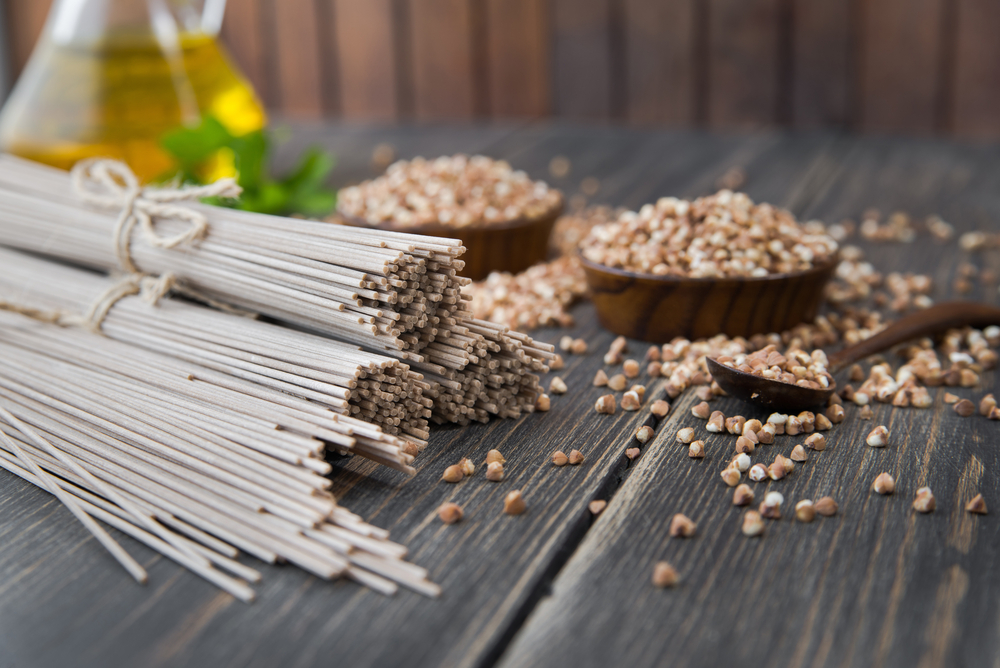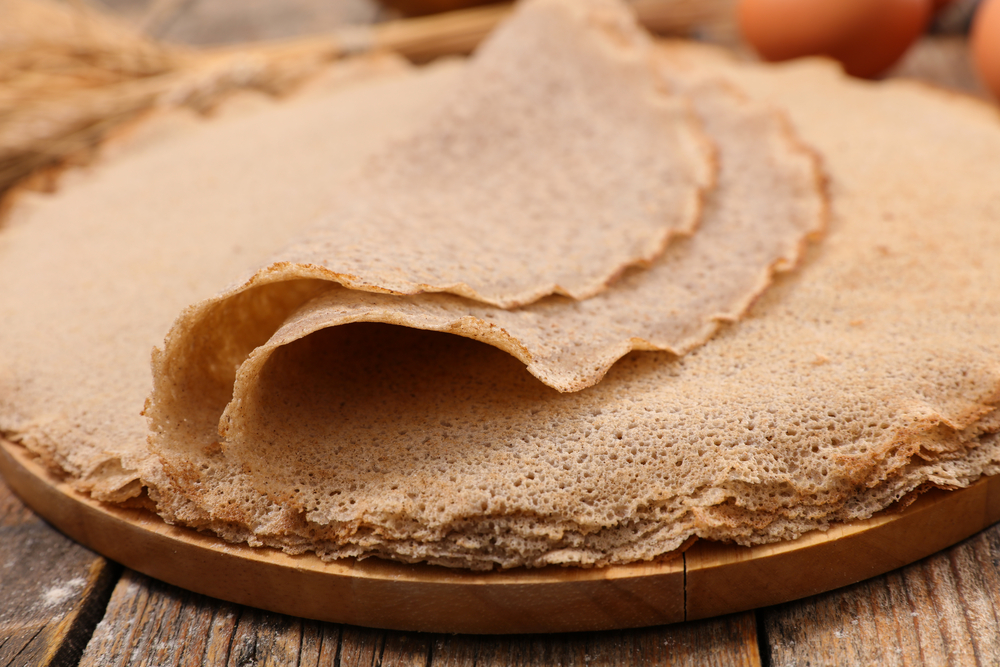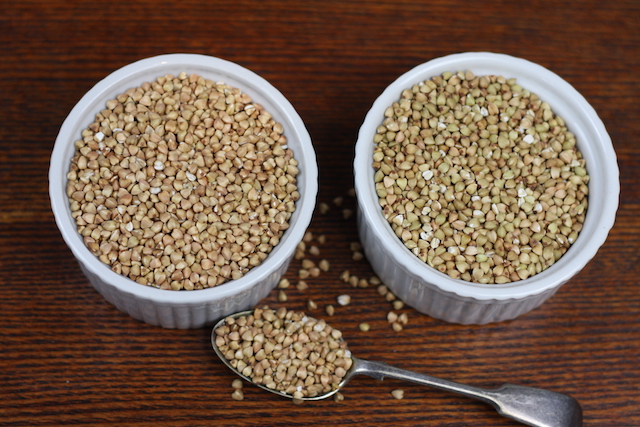- Home
- Blog
- Carbs, Sugars and Fibres
- Grains you may not know about - buckwheat
Grains you may not know about - buckwheat
Written by Catherine Saxelby
on Wednesday, 21 July 2021.
Tagged: ancient grains, buckwheat, grains, health, healthy eating, healthy lifestyle, nutrition, whole grain

With an earthy flavour and its distinctive triangular shape, buckwheat (Fagopyrum esculentum) is a wonderful addition to your cooking.
Despite its name, buckwheat is not related to wheat nor is it a grain. In fact, it is a pseudo cereal from the seed of a flowering plant and is related to rhubarb and sorrel.
Not really a grain
Buckwheat is considered a grain only due to its similar uses from a culinary and nutritional perspective.
Its name is derived from the Dutch bockweit, which literally means “beechwheat”, and refers to beechnuts, which are larger but have a similar triangular shape.
Most popular today is toasted buckwheat groats (kernels) known as kasha but you can also buy raw untoasted buckwheat, which is lighter green-tan in colour and has a milder in taste.
Toasting firms the delicate grain and shortens its cooking time.
Cooking buckwheat
Having grown up with Polish parents, I well remember coming home to the nutty aroma of kasha simmering. My mother would serve it as the traditional accompaniment to pork and mushrooms. It’s prominent in Russian cuisine, second in importance only to bread.
Japan also has a long history of eating buckwheat boiled until smooth and used as porridge, as dumplings and as its famed soba noodles.

Buckwheat flour is generally dark in colour and used primarily as an ingredient in buckwheat griddle cakes (thick pancakes) or the famous buckwheat crepes of Brittany.

Nutrition in buckwheat
Being gluten-free, buckwheat is a delicious grain option for anyone with coeliac disease and is a handy substitute for wholemeal wheat or barley flour. Buckwheat is a good source of magnesium and niacin, a B group vitamin that helps release energy from food. It is a source of two other key minerals, phosphorus and manganese. In addition, there’s thiamin (vitamin B1), copper, potassium and iron.
It stands out not only for the quantity of protein but also its quality. The protein in buckwheat is a high quality, containing all nine essential amino acids, including lysine, which is uncommon in grains.
Buckwheat is the only grain to have high levels of a phytochemical called rutin. Rutin is a flavonoid that protects against heart disease by strengthening capillaries and preventing blood clotting. It also enhances the action of vitamin C.
Finally, it has a low GI and is high in fibre. Like all grains, it offers a lot of starchy carbohydrate.
Nutrition per serve
¼ cup (45 grams) uncooked groats (equivalent to a bit less than one cup cooked) supplies 385 kilojoules (92 Calories), 3 g protein, less than 1 gram fat (including virtually no saturated fat), 20 g carbohydrate (including less than 1 gram of sugars), 3 g fibre and 150 mg sodium.
A star in cold climates
Buckwheat is native to Northern Europe although its origins – like many things - lie in Asia. Today buckwheat is widely grown in Russia, Poland and the colder climates of the United States, Canada and France. Part of the reason is that it tolerates poor-quality soil and grows well on rocky hillsides in cold climates where wheat or barley wouldn’t survive.
Another reason it is popular as a crop is that it matures in only two months (it has a fast growth rate) and thrives without chemical pesticides.
The bottom line
You should certainly be adding buckwheat to your list of available grains to eat. It shines best as an alternative to brown rice, made into porridge or by using the flour to make those dark-brown buckwheat pancakes. It’s all good.
Foodwatch
The Good Stuff
The Boring Stuff
© 2025 Foodwatch Australia. All rights reserved
Website by Joomstore eCommerce






